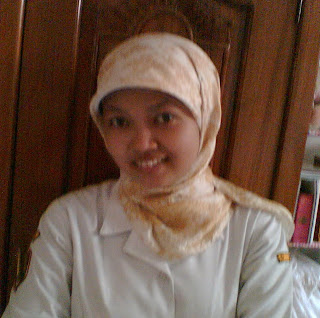Millions of people are afflicted with seizure disorders. There are many different types of seizures that present with various symptomatologies. The seizure experience depends on the location and amount of the brain that is affected during the seizure. By definition, a seizure disorder is stimulation of a brain pathway where there shouldn�t be any activity of a pathway. The activity is spontaneous abnormal electrical discharge of certain pathways in the brain.
Seizure disorders may appear at any age. The person may be conscious or unconscious during the seizure. The activity can range from minor tremors to uncontrollable flinging of the body. Seizures can begin with minor symptoms and become increasingly global. Most seizure disorders are from an unknown cause.
Repeated brain seizures characterize a condition called epilepsy. Epilepsy is a neurological condition which produces consistent disturbances in the brain�s electrical pathway. Normal brain activity is described as stimulation of pathways, and these pathways communicate with each other to control the body and all of its functions. When communication lines cross, messages become confusing and the brain has trouble sorting the signals.
To date, treatment of seizures has primarily been pharmaceutically-based. These medications interrupt the brain activity that causes the seizure. Unfortunately, the medications cannot be pathway-specific. The medications will interrupt all brain activity. Since seizure activity involves only certain pathways, the result is that the brain is more globally affected (the entire brain). This includes pathways that are not involved in the seizure. This decrease in brain activity can result in many side effects. They range from behavior/personality changes to blurred or double vision.
Treatment alternatives are now available. These treatments are effective and safe, and they can be pathway specific. Certain areas of the brain can be isolated.
As a Board Certified Chiropractic Neurologist, I take a unique approach to the treatment and prevention of seizures. After a thorough neurological examination I determine which part of the nervous system is not functioning properly.
Treatments include structural adjustments on the opposite side of decreased brain function, visual and auditory stimulation daily at different intensities and frequencies, and wearing glasses with various colored lenses to decrease the frequency of firing input into the brain. Visual imagery is also very effective in stimulating specific areas of the brain. The results of the stimulation can be directly measured by monitoring the central integrated state of the nervous system. This includes recording the blood pressure, heart rate, and tidal volume of the lungs before and after treatment.
By: Dr. Michael L. Johnson
Tuesday, May 29, 2007
Subscribe to:
Post Comments (Atom)


No comments:
Post a Comment